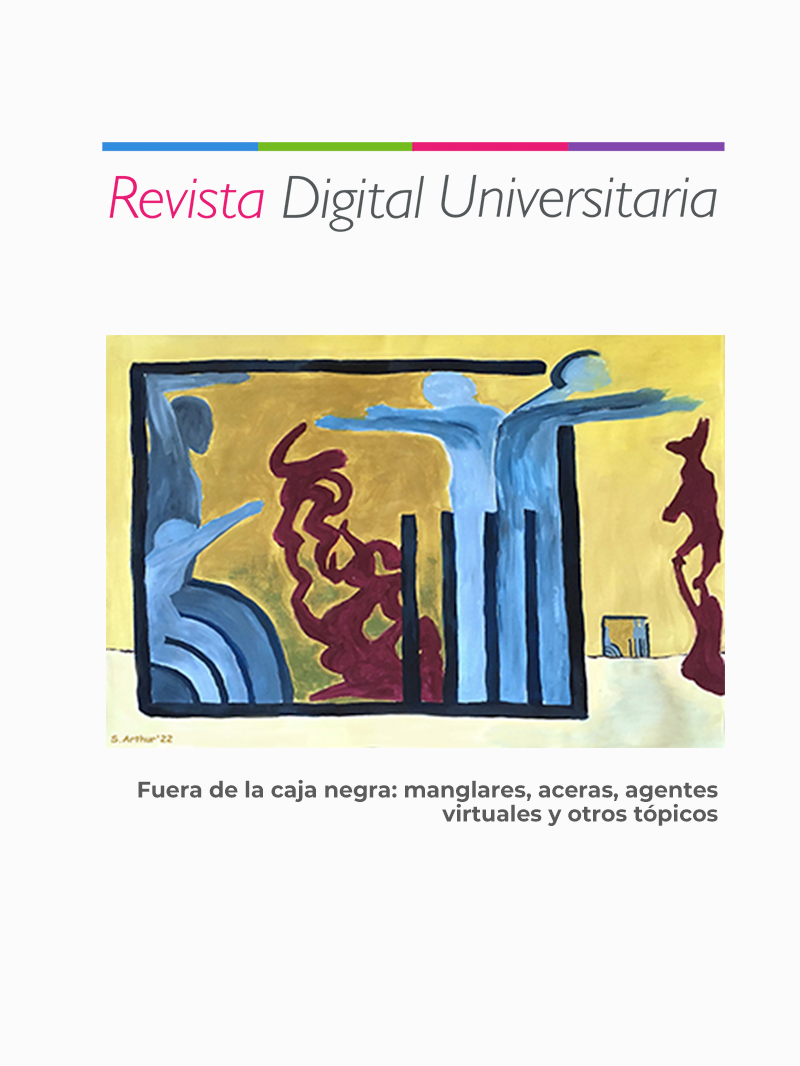The gray whale and its sighting in Mexico
DOI:
https://doi.org/10.22201/ceide.16076079e.2024.25.5.13Keywords:
Gray whale, Whale watching, Tourism, RegulationsAbstract
This infographic arises out of concern for the well-being of the gray whale and its environment, due to pressure from tourists to touch or observe the whales up close. Here, we explain something about the gray whale, as well as nom-131-semarnat-2010, which regulates whale sightings in Mexico.
References
Bejder, L., Samuels, A., Whitehead, H., y Gales, N. (2006). Interpreting short-term behavioural responses to disturbance within a longitudinal perspective. Animal Behaviour, 72(5), 1149-1158. https://doi.org/10.1016/j.anbehav.2006.04.003
Frid, A., y Dill, L. (2002). Human-caused Disturbance Stimuli as a Form of Predation Risk. Conservation Ecology, 6(1), 11. http://www.consecol.org/vol6/iss1/art11/
García-Castañeda, O., Viloria-Gómora, L., Avila-Foucat, S. V., Vega-Peña, E. V., Quintero-Venegas, G. J., Urbán Ramírez, J., Swartz, S., Martínez-Meyer, E. (2024). Climate change stands as the new challenge for whale watching and North Pacific gray whales (Eschrichtius robustus) in Bahia Magdalena, Mexico, after their recovery from overexploitation [aceptado provisionalmente]. Frontiers in Conservation Science, 5. https://tinyurl.com/5yzzxrmk
Norma Oficial Mexicana nom-0131-semarnat-2010. (2011, 17 de octubre). Diario Oficial de la Federación. https://tinyurl.com/2wf8yuy7
Published
Issue
Section
License
Copyright (c) 2024 Revista Digital Universitaria

This work is licensed under a Creative Commons Attribution-NonCommercial-ShareAlike 4.0 International License.

Revista Digital Universitaria es editada por la Universidad Nacional Autónoma de México se distribuye bajo una Licencia Creative Commons Atribución-NoComercial 4.0 Internacional. Basada en una obra en http://revista.unam.mx/.






